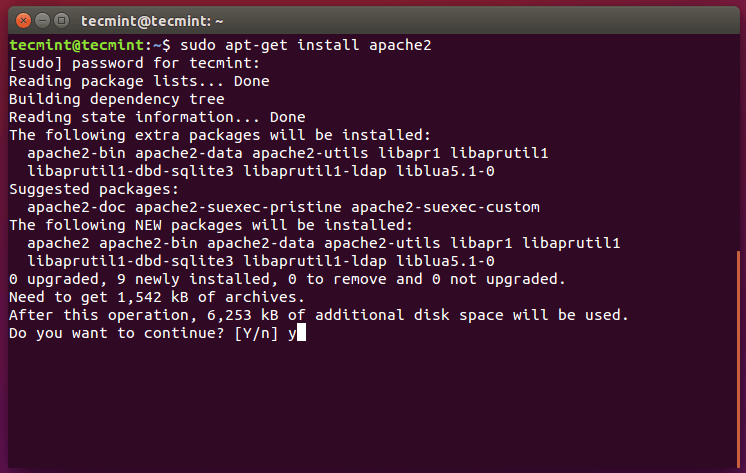- Apache Php Windows 10
- Php Mysql Apache Install Windows
- Install Apache On Windows
- Php On Windows 10
- Php Apache Install Windows 7
- PHP 7 Tutorial
- PHP 7 Useful Resources
If you are looking for information about older systems, such as Windows XP, 2003, 98 or Apache 1.x, see the Legacy Info section. The Official releases of PHP on Windows are recommended for production use. However, you are welcome to build PHP from Source. You will need a Visual Studio environment. These are instructions for installing on Windows 7 desktop (they may also be useful for a server install with some thought to security) using individual components rather than a one click installer. This is intended only as a testing/evaluation install via 'localhost'. Proper server configuration.

Apache Php Windows 10

- Selected Reading
To install Apache with PHP 5 on Windows follow the given steps. If your PHP and Apache versions are different then please take care accordingly.
Step 1
Download Apache server from www.apache.org/dist/httpd/binaries/win32. You want the current stable release version with the no_src.msi extension. Double-click the installer file to install; C:Program Files is a common location. The installer will also ask you whether you want to run Apache as a service or from the command line or DOS prompt. We recommend you do not install as a service, as this may cause problems with startup.
Extract the PHP binary archive using your unzip utility; C:php7 is a common location.
Rename php.ini-development to php.ini. Open this file in a text editor (for example, Notepad). Edit this file to get the configuration directives; At this point, we highly recommend that the new users set error reporting to E_ALL on their development machines.
Tell your Apache server where you want to serve files from and what extension(s) you want to identify the PHP files (.php is the standard, but you can use .html, .phtml, or whatever you want). Go to your HTTP configuration files (C:Program FilesApache GroupApacheconf or whatever your path is), and open httpd.conf with a text editor. Search for the word DocumentRoot (which should appear twice) and change both the paths to the directory you want to serve files out of. (The default is C:Program FilesApache GroupApachehtdocs.). Add at least one PHP extension directive as shown in the first line of the following code −
Php Mysql Apache Install Windows
Step 2
Install Apache On Windows
Open a text editor. Type: <?php phpinfo(); ?>. Save this file in your Web server's document root as info.php. Start any Web browser and browse the file. You must always use an HTTP request (http://www.testdomain.com/info.php or http://localhost/info.php or http://127.0.0.1/info.php) rather than a filename (/home/httpd/info.php) for the file to be parsed correctly
Php On Windows 10
You will see a long table of information about your new PHP installation message Congratulations!